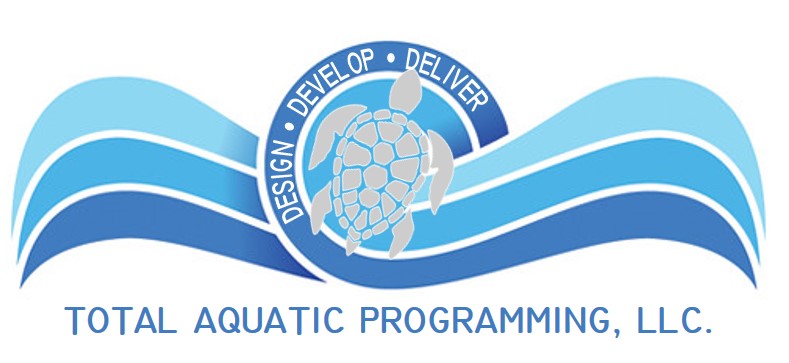From their first tentative toe-dips to perfecting their paddling technique, your child’s swimming journey is a crucial stage in their physical development. Many parents introduce their children to swim aids — floaties, kickboards, and puddle jumpers — to help them develop their swimming skills. Navigating the world of swim aids can be challenging, especially with the array of options available. Continue reading to learn about various swim aids and their purpose.
What Are Swim Aids?
Swim aids, or flotation devices, are tools designed to assist learners, particularly children, in developing their swimming abilities. It’s important to remember that swim aids are not life-saving devices and should not replace adult supervision. In addition, no swim aid can replace proper swim instruction. Enrolling your child in swimming lessons with certified instructors is crucial to develop their swim skills and instilling a sense of water safety.
Types of Swim Aids
There are many swim aids. A few of the most popular are:
Floaties or Arm Bands
Floaties are inflatable bands worn around a child’s upper arms. They allow free arm movement and are often used to introduce young children to water. However, experts suggest that floaties should only be used under direct supervision because they can easily slip off, especially when children jump into the water.
Swim Belts
Swim belts provide a sense of security without limiting the movement of the arms or legs. The freedom of movement allows children to practice various swim strokes and improve their overall swim skills. Experts caution that, like floaties, swim belts are not life-saving devices and don’t replace the need for adult supervision.
Puddle Jumpers
A puddle jumper combines arm floaties with a chest floatation device to provide stability and buoyancy. Some experts warn that children who use these don’t learn basic water survival techniques, and become dependent on a puddle jumper.
Noodles
Like swim belts, noodles are less restrictive swim aids, allowing more freedom of movement. Noodles can be used in various ways — under the arms, across the chest, or as a tool to hold onto.
Kickboards
Kickboards are used to develop lower body strength and improve kick technique. Holding onto a kickboard allows children to focus on their leg movements, enhancing their overall swimming ability. They should be introduced and used under the guidance of a swim instructor to ensure proper usage and prevent muscle strain.
How To Choose the Right Swim Aid
When choosing a swim aid for children, consider their age, weight, swimming ability, and comfort.
Check the Age and Weight Recommendations
All swim aids have age and weight recommendations. Ensure the device is suitable for your child’s age, weight, and swimming ability.
Ensure a Good Fit
A well-fitted swim aid should be snug, but not too tight. Always test the fit before heading to the water.
Prioritize Comfort
If your child isn’t comfortable, they won’t enjoy their time in the water. Choose a device that your child finds comfortable to wear and use.
Look for Quality and Durability
Choose a swim aid made from durable, high-quality materials. Check to make sure that it complies with safety standards.
Safety and Supervision
Considering that drowning is the leading cause of unintentional injury-related death for children one to four, it can’t be overstated that no swimming aid can replace proper swim instruction and constant adult supervision.
Remember, swim aids are tools and should not be relied upon for child safety. Always supervise children in and around the water, even if they are using a swim aid. Enroll your child in swim lessons taught by certified instructors to ensure they learn the correct swimming techniques and water safety.
Working Together To Prevent Drowning
Children are attracted to water and should have the opportunity to enjoy it. Swim aids can help acclimate children to water, but swimming lessons, water safety instruction, and adult supervision are critical to prevent drowning.
Together, we can end drowning and save lives and heartache! Take our Water Safety Challenge to measure your family’s water safety competence, and help us provide water safety outreach to schools and community groups to keep all kids safe.



